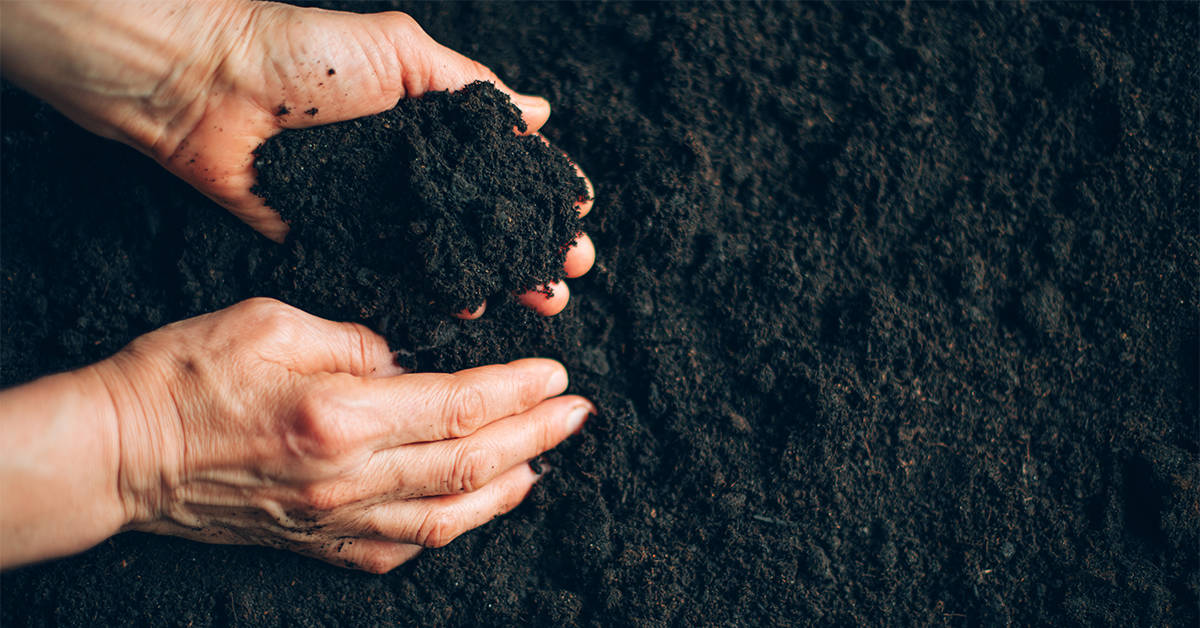;
;
;
Next Article
The View From Here: July 28, 2022

At a time when fertilizer is playing a more prominent role on the global stage, a new study out of the University of Waterloo compares the greenhouse gas emissions of nitrogen-based fertilizers with biobased residues like compost, and found that compost emits less greenhouse gas during spring thaw t
Last updated on May 03, 23
Posted on Jul 28, 22
4 min read
